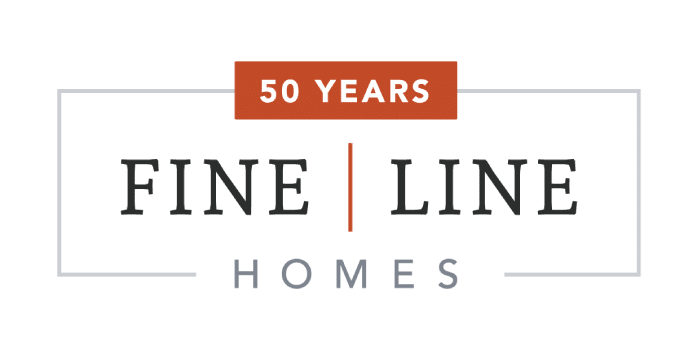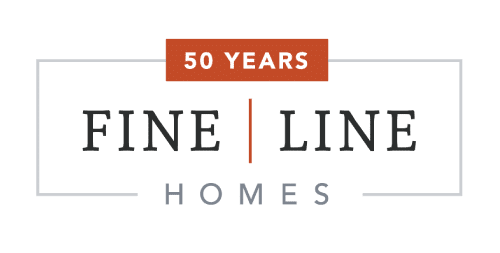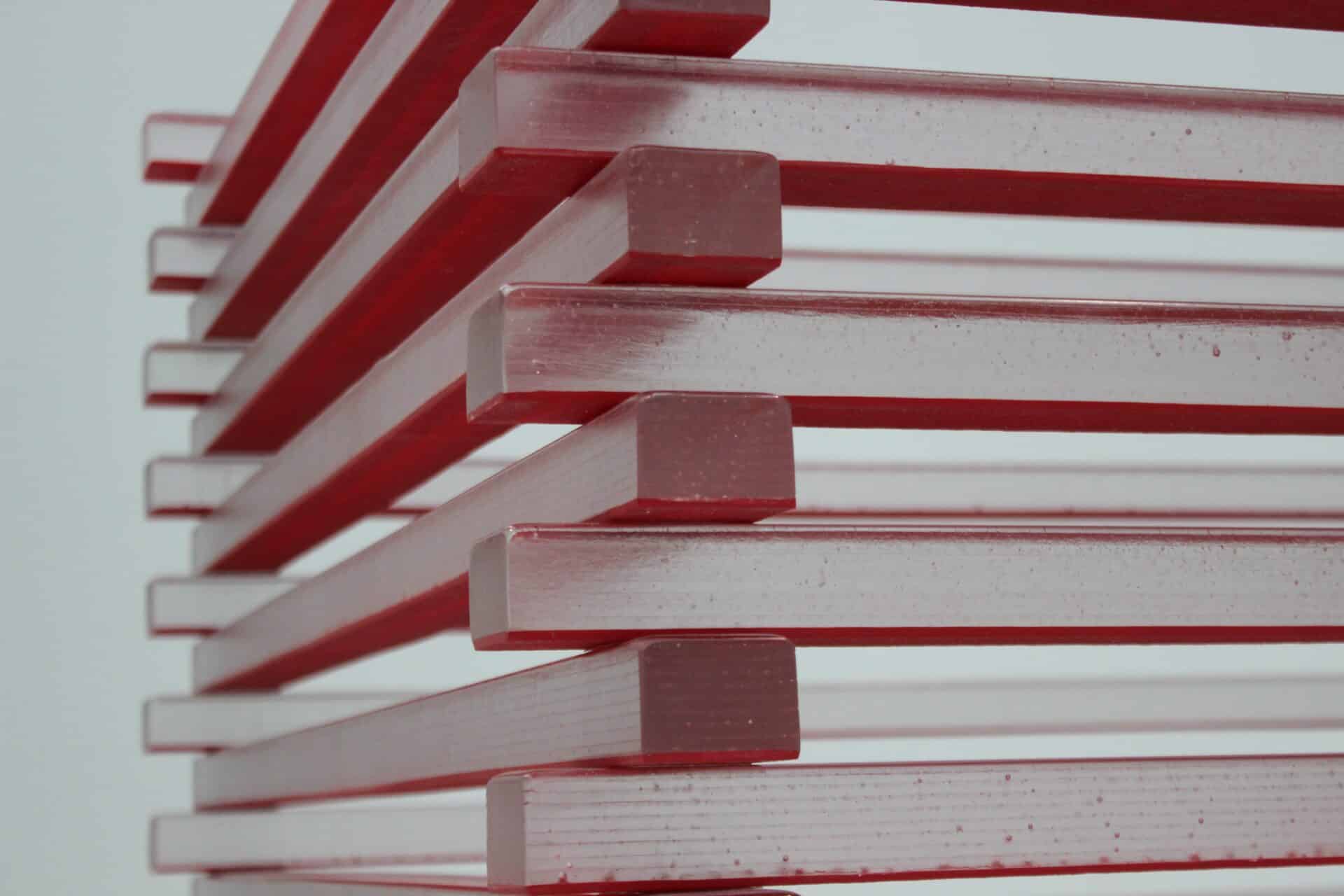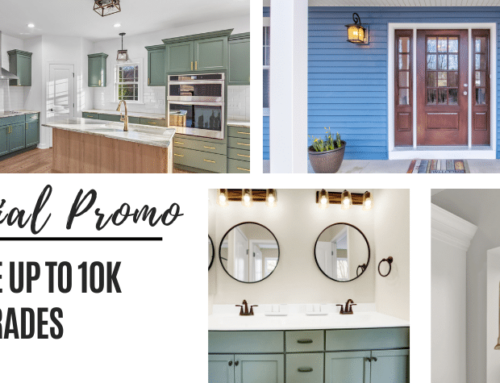Modular homes have certain disadvantages compared to stick built homes.
Building a new home is a milestone in your life. It’s important to have a reliable builder guide you from one step to the next—and make the process fun, too.
First, you need to decide which building method is best for your new custom home.
Homes are traditionally stick built entirely, or in large part, on the site they are intended to remain forever. Stick building is the time-tested method of home construction that’s understood and accepted by everyone in the new home business from builders to lenders.
While most new homes in the U.S. are stick built, there are other ways to build a new home including modular.
What is Modular Home Construction?
Modular homes are built in an assembly line process in a factory, trucked to the site in sections, set in place with a crane, and then joined together. Modular builders make some seemingly attractive claims such as less expensive, faster construction, and energy-efficient.
However, when you compare modular versus stick built, you’ll find modular homes often fall short of fulfilling their promises.
If you’re considering a modular, you should know the following disadvantages before deciding which building method is right for your brand new home.
Biggest Problems with Modular Homes
1. Land Issues
Before you can purchase the modular home, first, you must find and buy a suitable plot of land. A real estate agent can help navigate this step, but finding the perfect site for a modular home isn’t always easy.
For example, some areas have zoning laws, restrictive covenants, and hookup regulations prohibiting you from building a modular home on a particular piece of land.
2. Site and Foundation Concerns
The site needs to be level and cleared of trees and wires to accommodate a large crane. Also, because the modular house is built off-site, your foundation must be perfect. Modular homes may appear ideal in theory, but they lack a personal touch. By creating modules in a factory, there’s a real disconnect between the homeowner, the house plan, and the land itself.
3. You’ll Pay More than Just a Base Price
The modular home’s price does not include important items such as foundation, concrete floor, steps to the basement, or utility hookups. Unfortunately, this forces you, the homeowner, to become your own general contractor. Talk about a stressful situation!
In contrast, Fine Line Homes’ stick built homes come as a complete turn-key package. The base price includes items like the basement, heating and cooling system, water heater, major appliances, and much more.
4. Difficult to Finance
The payment process for a modular home is different than a traditional stick built home.
Modular builders require payment in full before the home is complete. Some lenders are unwilling to finance modular home construction. Therefore, if you don’t have the cash available, you’ll need to find other options to cover the costs.
5. Potential Quality Issues
Since the majority of the modular home’s components are built quickly, off-site, you must trust that the modular builder will produce what is needed. Unfortunately, one error can put the entire home in danger, and it may be too late when the homeowner discovers the mistake.
6. Lack of Customization
Because they are made in an assembly line process, modular homes are not as easy to customize as a stick built home. Your custom home builder should be able to design your home around your lifestyle and needs. A reputable builder will customize your floor plan to make your dreams a reality.
7. Fast is Not Always Best
One of the main advantages modular builders claim is faster construction. But a more rapid building process might be a disadvantage.
For example, it’s difficult to make changes once fabrication has started. Changes disrupt the flow and timing of construction. Also, most modular companies aren’t willing or able to make floor plan modifications.
8. Transporting Sections
The individual modules must be transported from the factory to your building site. Careful handling of the modular components while in transit is required. However, sheetrock stress cracks are common.
In addition, here’s something to consider: Transportation costs may be higher for the modules than for the materials from which they’re made, which can often be packed and shipped more efficiently to the building site.
9. Resell Issues
Many people perceive modular homes as less desirable and lower quality than stick built homes. And you should never underestimate the power of public opinion. Modular home’s negative image could make it harder to resell someday.
In Conclusion
When it comes to your new home, not just any builder will do. Selecting the custom home builder that’s best for your needs and situation is a critical step to achieving your life goal.
When you choose a reliable stick builder, you won’t be compromising on your home’s cost, custom floorplan, or the sense of pride you’ll feel when you move into your dream home.
Finally, with any builder you consider, we recommend you ask a lot of questions, get references, and scrutinize the estimate looking for red flags such as allowance pricing. When in doubt, get a second opinion. Trust us. You’re not just building a house; you’re fulfilling your dream. And that’s much too important to take any chances.











